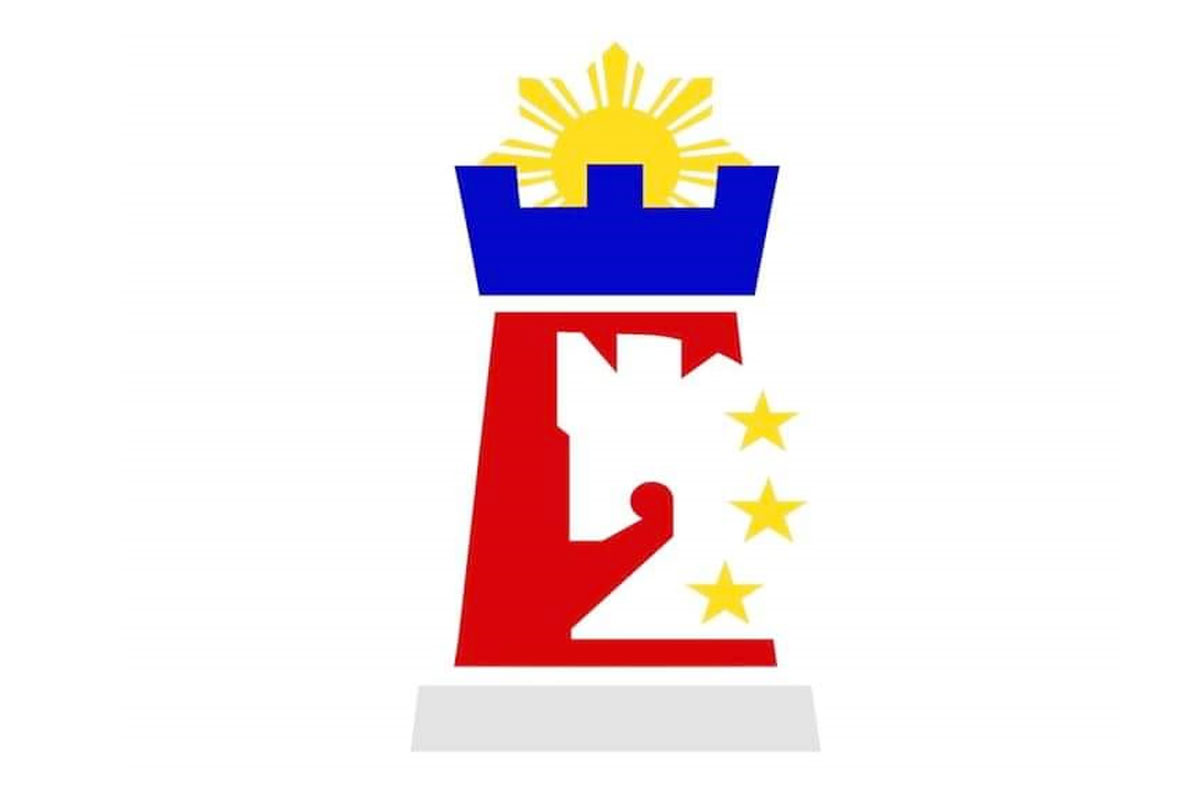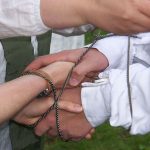
Facts We Can’t Believe No One Told Us Before Now
Rima Pundir
Vote up all the facts you wish you had heard sooner.
The world is way more complicated, secretive, and mysterious than we think. Just look at all the trivia about it. Even if we spent our lives studying the scrolls of the Library at Alexandria, or tried to go through each page of the internet, we would still not know it all. Every day, people unearth new facts and make new discoveries, and our life span is not enough to learn everything.
But for those of us with a quest for knowledge, learning even a little bit of trivia each day is a big deal. Every new fact we learn – big or small – about the world of today or the historical one adds to our repertoire. When it comes to knowledge, it’s the journey that’s the most fun, right? On that note, here are some facts we cannot believe we didn’t know before.
________________________________________
• Photo: Fer31416 / Wikimedia Commons / CC-BY-SA 4.0
 In 1989, An Asteroid Nearly Hit Earth
In 1989, An Asteroid Nearly Hit Earth
March 23, 1989 is celebrated as Near Miss Day – and for a good reason. On that day, the Earth had a close call when an asteroid half a mile across whizzed by us at a distance of 400,000 miles.
This does not sound close, but Earth had been in that same spot a mere six hours earlier.
We didn’t learn of the close encounter until nine days later. The closest call since then was in January 1991, when an asteroid approximately 30 feet wide passed within 106,000 miles of Earth.
• Now you tell me?
• • • Photo: US Air Force / Wikimedia Commons / Public domain
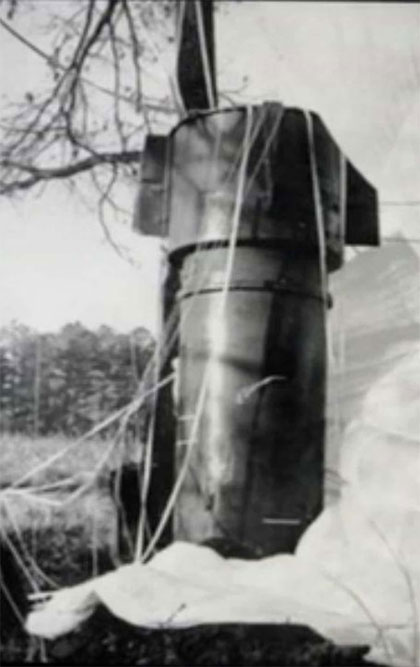 Two Powerful Nuclear Bombs Accidentally Fell On North Carolina
Two Powerful Nuclear Bombs Accidentally Fell On North Carolina
On January 24, 1961, North Carolina barely avoided tragedy. A B-52 carrying two powerful Mark 39 nuclear bombs broke up mid-flight. The two bombs fell and landed just outside of Goldsboro.
Had they detonated, North Carolina would have been a tragic memory, as the bombs were 200-300 times more powerful than the ones that destroyed Hiroshima and Nagasaki.
The force of the aircraft’s mid-air mishap began the fusing sequence on both bombs. The first was found with its nose embedded two feet into the ground, and only the “safe” switch prevented a detonation.
The second one hit the ground hard and was armed to detonate, but the impact with which crashed prevented the explosion. While the first bomb was fully retrieved, one of the second bomb’s nuclear cores went deep into the Earth. It was left there, and the area around it is actively farmed.
• Now you tell me?
• • Photo: Google Maps / Google Maps
 The Distance Between London And Moscow Is Shorter Than Between Sydney And Perth
The Distance Between London And Moscow Is Shorter Than Between Sydney And Perth
London and Moscow seem to lie halfway across the world from each other. One is in the United Kingdom and the other in Russia, although both cities are located on the European continent. The distance between London and Moscow is 1,795.6 miles, or almost 2,890 km. A flight from London to Moscow takes approximately 3 hours and 50 minutes.
Sydney and Perth, on the other hand, are Australian cities but much further apart. The distance between the two is 2,444.5 miles, or 3,934 km. The approximate flight time between the two is a surprising 5 hours.
• Now you tell me?
• • Photo: ruerto42 / Flickr / CC-BY-SA 2.0
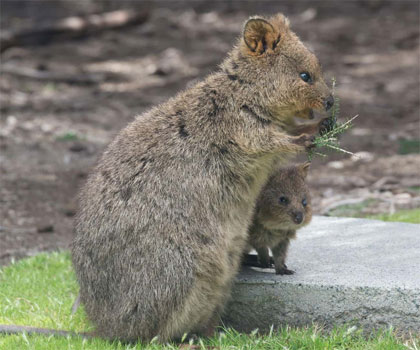 If Marsupials Are Chased By A Predator, They Sacrifice The Joey
If Marsupials Are Chased By A Predator, They Sacrifice The Joey
There are many cases of altruism in the animal world. Sometimes, animals sacrifice themselves for the betterment of the herd. And animal mothers can fiercely defend their babies. But when it comes to marsupials – the pouch-bearing natives of Australia – the opposite can be true.
If chased by a predator, marsupials like kangaroos, wallabies, and even the ever-smiling quokka may let the joey fall out of the pouch. The abandoned joey makes a fuss and unwittingly distracts the predator. The mother is alive to have another baby, while the poor joey becomes the predator’s meal.
• Now you tell me?
• • Photo: Nacho Pintos / Flickr / CC-BY 2.0
 Even Dubai Imports Sand
Even Dubai Imports Sand
Dubai is sandy. Go outside the gleaming city in the United Arab Emirates, and you’ll find plenty of towering sand dunes – a hot spot for tourists. But when it comes to construction, Dubai cannot use desert sand, simply because it’s too smooth.
So it imports sand. In many countries, the demand for sand has led to illegal mining and the rise of a “sand mafia.” In 2014 alone, Dubai imported $456 million worth of sand, gravel, and stone.
• Now you tell me?
• • Photo: Unknown / Wikimedia Commons / Public domain
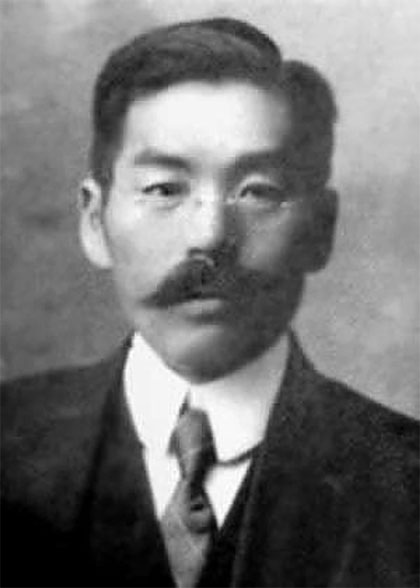 The Only Japanese Passenger on RMS ‘Titanic’ Was Shamed By His Country For Being Alive
The Only Japanese Passenger on RMS ‘Titanic’ Was Shamed By His Country For Being Alive
Masabumi Hosono was an employee of the Japanese Transportation Ministry who traveled to Russia and then to England to study railway operations. He boarded the RMS Titanic at Southampton, also called “the ship of dreams,” before tragedy struck. When the Titanic went down, Hosono was on deck like all the other passengers looking for a way out. Suddenly, the officers announced that one of the lifeboats had space for two more passengers. Hosono became the second to jump in.
Initially, when he went back to Japan, he was hailed as a survivor and became a mini celebrity. Later, he was denounced as a stowaway, first by Archibald Gracie, a first-class passenger and Titanic survivor, and then by his own countrymen.
Hosono lost his job, and while he was eventually hired back, his career never really revived. The shame persisted until his death in 1939, and even after.
• Now you tell me?
• • Photo: Sam-Cat / Flickr / CC-BY-ND 2.0
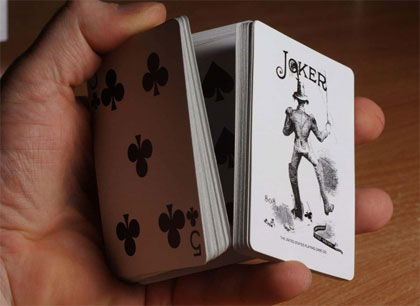 There Are More Ways To Arrange A Deck Of Cards Than There Are Atoms On The Earth
There Are More Ways To Arrange A Deck Of Cards Than There Are Atoms On The Earth
This sounds more like fiction than fact, but it’s true. Each deck contains 52 cards. The variety of ways it can be arranged is called 52 factorial or “52!” This in effect means 52 x 51 x 50 x …. x 1. So, the number of ways you can arrange a card deck is an integer with 68 digits.
The number of atoms on Earth is estimated to be a number with 51 digits. In effect, every shuffling of cards that you hold in your hand could be a unique one.
• Now you tell me?
• • Photo: Navy Medicine / Flickr / Public domain
Did you know?
 Franklin D. Roosevelt is also ranked #26 of 347 on The Most Important Leaders In World History
Franklin D. Roosevelt is also ranked #26 of 347 on The Most Important Leaders In World History
Franklin D. Roosevelt Ordered A Hidden Anti-Gay Investigation In The Navy
When Franklin D. Roosevelt was Assistant Secretary of the Navy and hoping to advance his political career, he thought of a purification program. He wanted to clean the Newport Navy of any LGBTQ+ individuals – or inverts, as non-heterosexual people were called back then. He went with a request to Attorney General A. Mitchell Palmer to start an undercover investigation in the US Navy. When refused, Roosevelt did so anyway.
Undercover operatives infiltrated the Navy to get close to the serving men and cadets who were gay, or otherwise effeminate. They were encouraged to get sexually involved with such men so they could be caught and charged with vice (homosexuality) and depravity (homosexual acts).
The undercover operatives were legally protected, but the men they entrapped were stripped of rank and convicted. This has gone down in history as the Newport Sex Scandal of 1919.
• Now you tell me?
• • Photo: US Army Southern European Task Force, Africa / Flickr / CC-BY 2.0
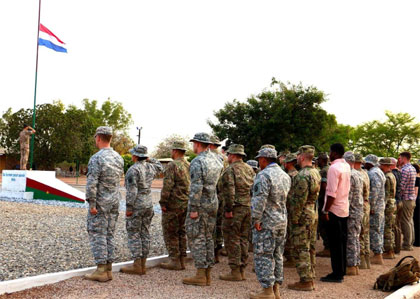 The Netherlands Commemorates All Fallen World War II Soldiers Annually With 2 Minutes Of Silence
The Netherlands Commemorates All Fallen World War II Soldiers Annually With 2 Minutes Of Silence
The Dutch remember the fallen. Every year at 8 p.m. on May 4 – National Remembrance Day – the Netherlands observes a 2-minute silence in honor of all civilians and soldiers who lost their lives in the Kingdom of the Netherlands, or elsewhere in the world, since World War II.
A commemorative service takes place at the National Monument on the Dam Square in Amsterdam prior to the silence.
• Now you tell me?
• • Photo: Laura D’Alessandro / Flickr / CC-BY 2.0
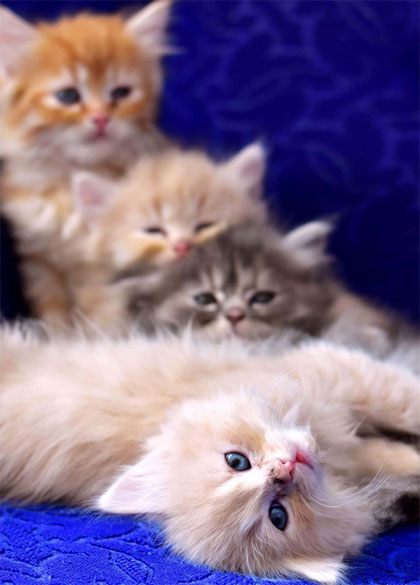 A Litter Of Kittens Can Have Different Fathers
A Litter Of Kittens Can Have Different Fathers
Cats are induced ovulators, meaning the act of copulation triggers the release of multiple eggs from the ovaries into the uterus. The eggs remain in utero for 24 hours. If the female mates with multiple males, each egg can technically be fertilized by sperm from a different donor, called superfecundation.
Simply put, it means that each kitten in a litter can have a different father. However, just because each kitten looks different doesn’t mean they actually do have different fathers. Sometimes that’s just how cat genetics are.
• Now you tell me?
• Photo: Bundesarchiv, Bild 102-10400 / Wikimedia Commons / CC-BY-SA 3.0
 The Nazis Awarded Henry Ford With Their Highest Civilian Honor
The Nazis Awarded Henry Ford With Their Highest Civilian Honor
On Henry Ford’s 75th birthday, in 1938, he received what most people today would call a dubious honor. His “gift” was the Grand Cross of the Supreme Order of the German Eagle, the highest honor Nazi Germany could give to any foreigner.
Ford became the first American recipient of the award, created by Adolf Hitler in 1937. It was said that Hitler greatly admired Ford and tried to do with the Volkswagen Beetle what Ford did with the Model T.
To be fair to Ford, while he was anti-Semitic, he was also anti-war and refused to go to Germany to receive the honor. So the honor had to come to Dearborn, MI.
• Now you tell me?
• • Photo: Alasdair / Flickr / CC-BY 2.0
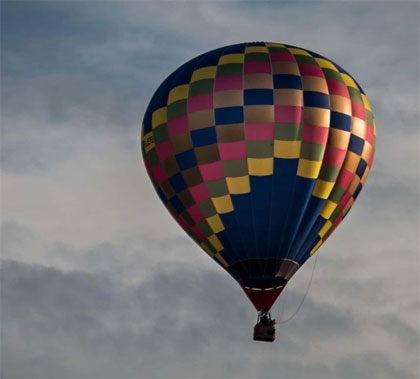 The First-Ever Hot Air Balloon Passengers Were Barnyard Animals
The First-Ever Hot Air Balloon Passengers Were Barnyard Animals
Six years before French citizens decided to revolt against royalty, the world’s first hot air balloon took to the air. In 1783, King Louis XVI, his wife Marie Antoinette, and 130,000 French citizens watched as the balloon went aloft. The first passengers were barnyard animals, however, not humans. More specifically: a sheep, a duck, and a rooster flew over Versailles in an 8-minute flight.
The balloon landed in the woods safely, with the barnyard trio intact.
• Now you tell me?
• • Photo: A.Davey / Flickr / CC-BY-NC-ND 2.0
 Baby Formula Has Actually Been Around For More Than 150 Years
Baby Formula Has Actually Been Around For More Than 150 Years
Baby formula – a manufactured supplement for breast milk – is a fairly modern invention, but probably not as modern as you think: It was invented in the 1800s.
The first supplements for a mother’s milk were other women, known as “wet nurses,” who filled in to feed babies for wealthy mothers, or those who were unable to breastfeed. Wet nursing began as early as 2000 BCE, and was common in Europe and America during the 1700s. (Brunettes rather than blond or red-headed women were preferred as wet nurses because their milk was thought to be more nutritious.)
In the 1800s, attention turned instead to finding substitutes for breast milk. The first option considered was milk from animals such as cows, goats, horses, and donkeys, served fresh, heated, or diluted. Before baby bottles and rubber nipples were invented, infants were fed via spoon, or a container like a cow’s horn covered with cloth, paper, or a sponge to serve as a nipple.
Doctors noticed, however, that infants fed cow’s milk had a higher mortality rate and digestive problems. In 1838, German scientist Johann Franz Simon analyzed both types and found that cow’s milk had more carbohydrates and less protein than human milk. In 1860, German chemist Justus von Leibig created the first commercial baby food, a powder that consisted of wheat and malt flours and potassium bicarbonate meant to be mixed with warmed cow’s milk.
In the 1870s, Nestle’s Infant Food, made from malt, cow’s milk, sugar, and wheat flour, diluted with water, was sold in the US. Other companies created their own formulas, and the ingredients, or percentage of ingredients, changed in the following decades based on findings from doctors and scientists about the most optimal nutrition for babies. Other improvements included pasteurization (to kill bacteria) and evaporation (to make milk more digestible).
In the early 1900s, manufacturers tried making infant formula more like human milk, adding ingredients like maltose, dextrin, calcium, phosphorous, cod liver oil, and other animal and vegetable fats. One such product was called “Similac” because it was supposed to be “similar to lactation.” Later additions included soy and iron.
The number of women who breastfeed reached a low in the 1960s when people thought formula was more nutritious, and companies provided formula for free to new mothers in hospitals.
In the US, the Infant Formula Act of 1980 set standards for ingredients, testing, and manufacturing. In more recent decades, companies have developed special formulas for infants who are premature, lactose-intolerant, or have other medical problems or needs.
Now you tell me?
ranker.com









